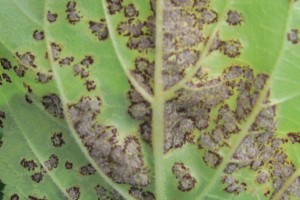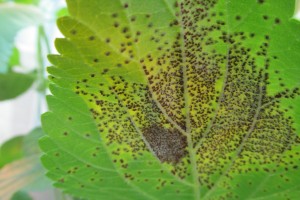Lantana
Project overview
Lantana is native to tropical America and is regarded as one of the ten worst weed worldwide. It was introduced to New Zealand as an ornamental plant. The yellow and pink, and the orange-flowered forms of lantana have become weedy in the North Island. Lantana is problematic mainly in Northland but is also an emerging weed in Bay of Plenty, Auckland and Wellington. It forms dense impenetrable thickets that dominate and shade out vegetation in forest margins, native scrub, pasture, roadsides and wasteland.
Lantana is the oldest weed target for biocontrol with 46 biocontrol agents released in over 65 countries worldwide. Two rust fungi have been approved for release in 2012 in New Zealand. The lantana leaf rust (Prospodium tuberculatum) attacks leaves causing defoliation and is already used with some success in Australia. The lantana blister rust (Puccinia lantanae) attacks lantana leaves, petioles and stems causing branche dieback. Sometimes, it also forms systemic infections leading to severe dieback or plant death. The leaf rust has established in Northland and is spreading while the blister rust is yet to be found.
None of the numerous insect agents used against lantana overseas are likely to be released in New Zealand as conditions here are expected to be unsuitable for them.
Newsletter articles
- pdf Lantana rust releases to begin - Issue 71, p.5 pdf File, 749 KB
- pdf Rusts tackle one of the world's worst weeds - Issue 59, p.2 pdf File, 334 KB
- pdf Two possible shots at lantana - Issue 45, p.9 pdf File, 711 KB
- pdf Lantana rust clears first hurdle - Issue 37, p.11 pdf File, 996 KB



